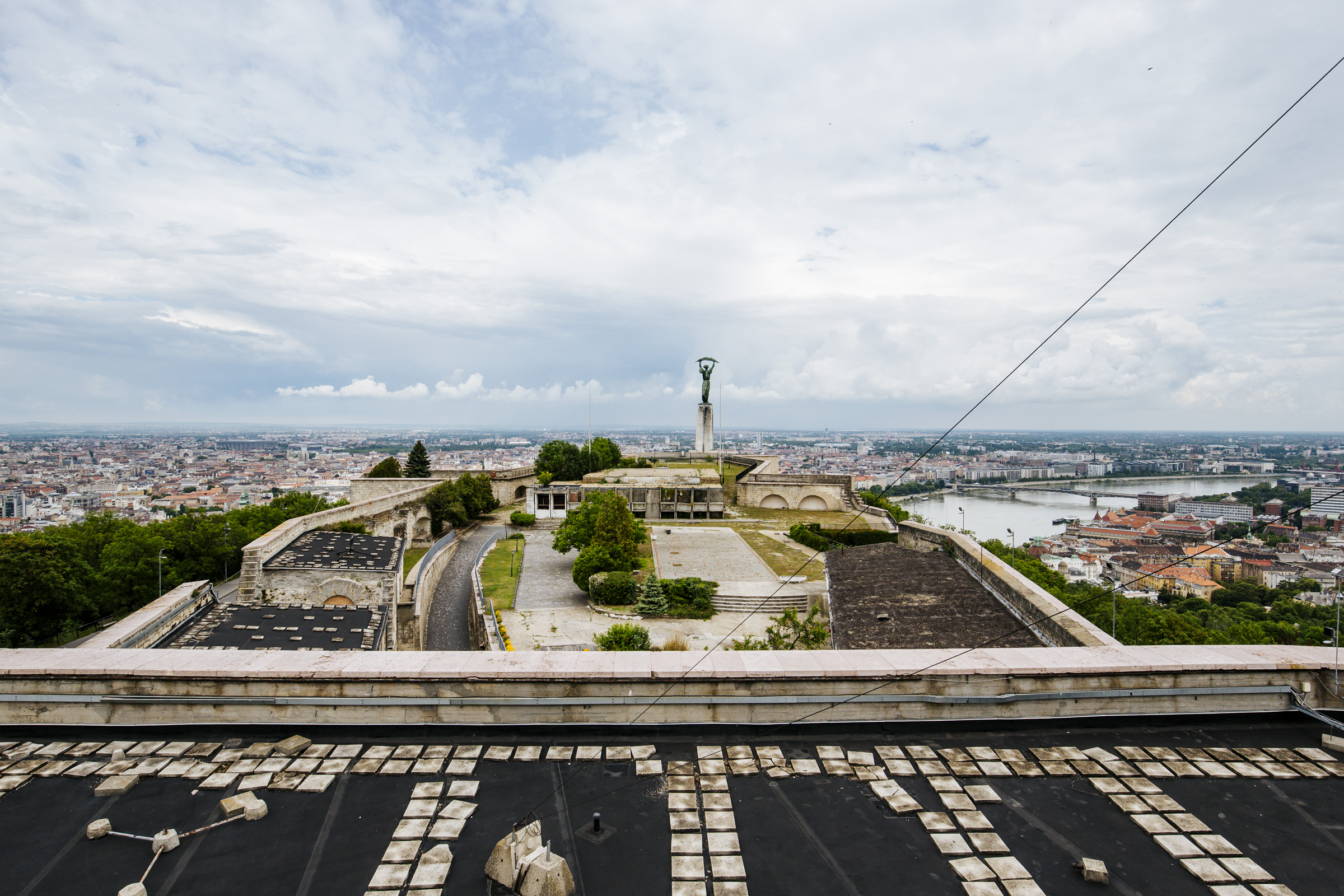The peak of Gellért Hill, a UNESCO World Heritage Site, has not only historic but also touristic importance, given the fleets of buses chugging up the slope in high season. In decades past, a kitsch hotel and restaurant, and later a disco, operated at this one-time Habsburg garrison.
According to a recent announcement, a museum focusing on the sundry struggles for freedom in Hungary’s history will be created here by 2023, after renovation. This has also made it timely to rethink the transport and accessibility of the place, to deal with the floods of tourist buses in a way that is more environmentally friendly and does not burden the access roads or disturb the population.

The plan for a cable car – or perhaps a public lift to be built in the hill itself – came to light during the preparations for the millennium of 2000. In the Horthy era of the 1920s, the hilltop was central to the concept of Spa Town Budapest, with the tourist attraction of a cable car, like the one at Hohensalzburg in Austria, was envisaged for the Hungarian capital. Neither project was realised.

Today, a cable car for Gellért Hill is still considered a matter of special importance for the national economy and public interest. A budget has been drawn up between the City and the Budapest Development Centre (BFK) of 1.5 billion forints, to elaborate an investment and operational plan, and a feasibility study. The area around the empty Rácz spa has long been earmarked for such development. After preliminary preparation, a cable car can be built in only a year or so, say experts.

Based on its planned route, passengers set off from Döbrentei tér, cross Hegyalja út in a tunnel, then continue to Orom utca, and the terminus beside Citadella. The line, running for 300 metres, will be electrically powered, with zero emissions and barrier-free cabins of 40 seats each, covering the distance in two minutes. A solution will still need to be found, however, for the tourist buses invariably gathered around the lower terminus.




